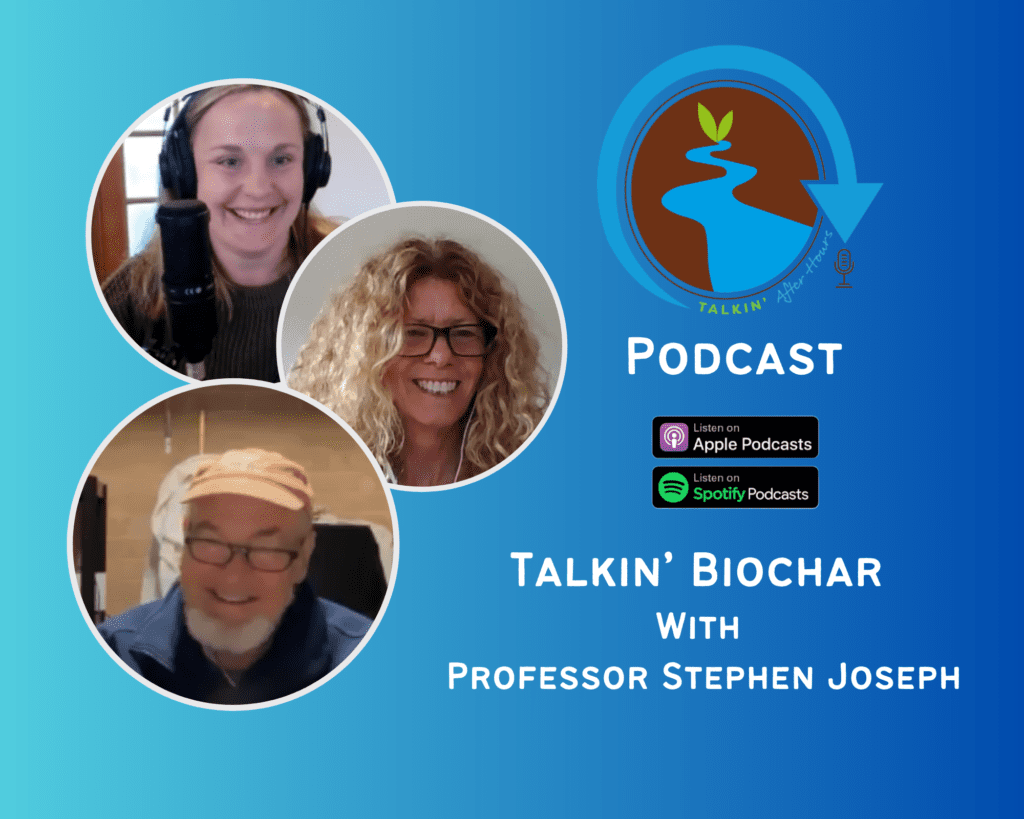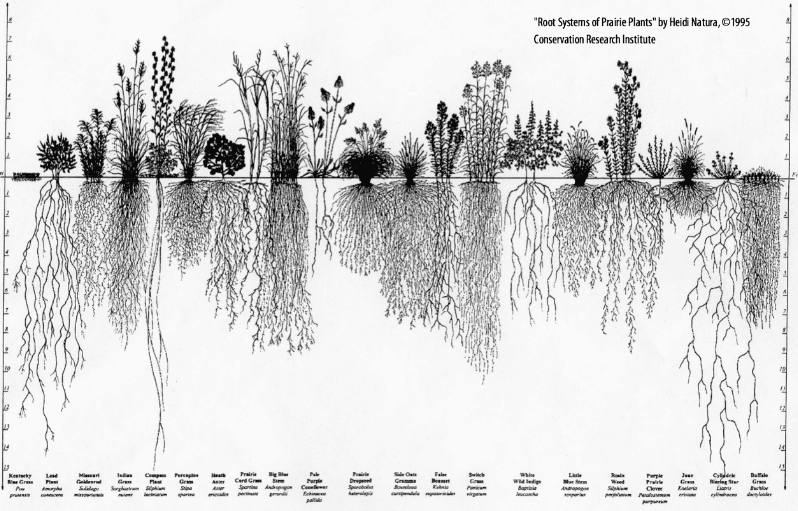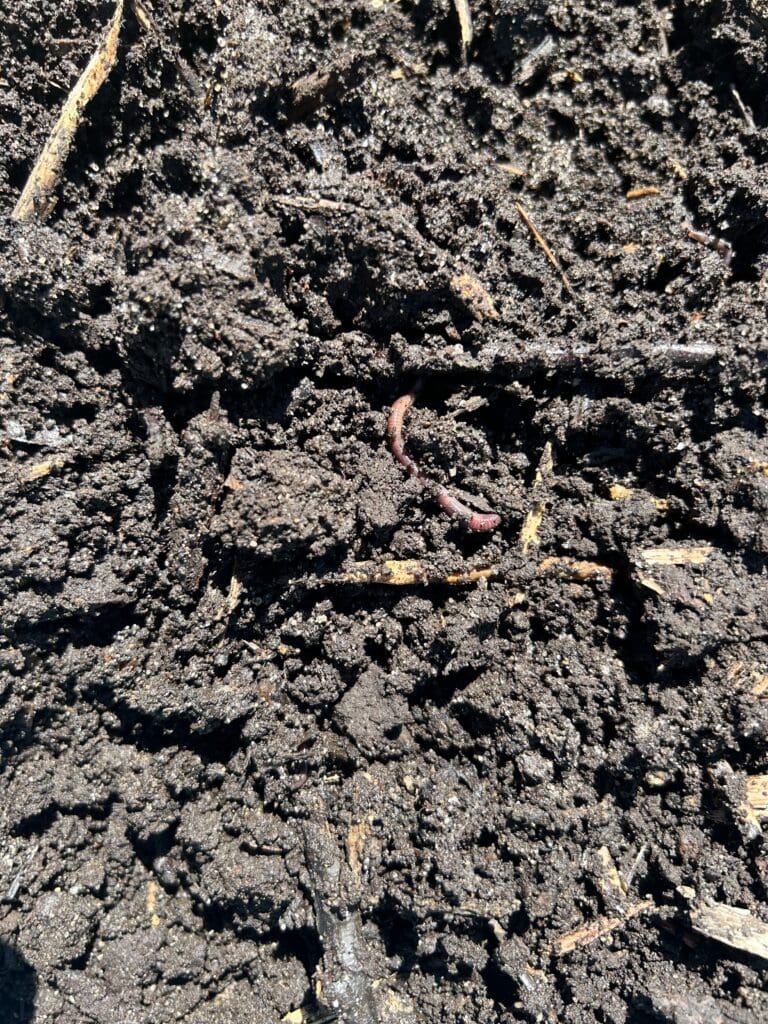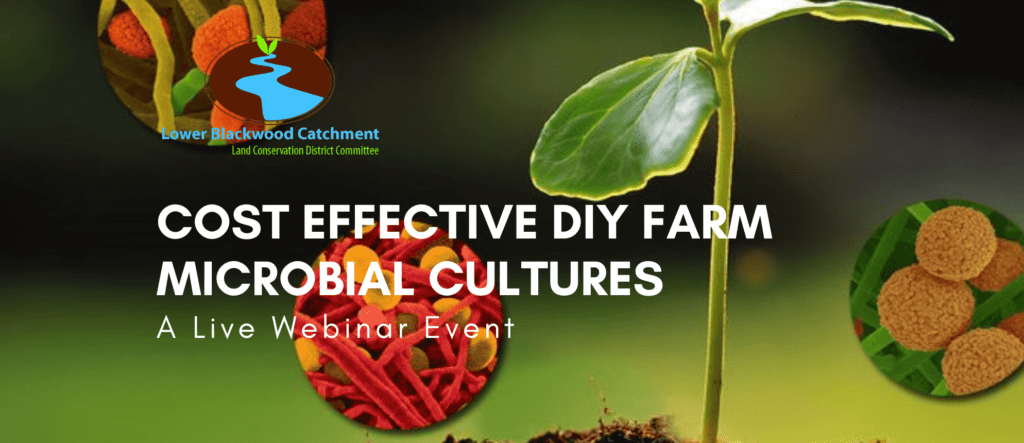Talkin’ Biochar with Professor Stephen Jackson

In this Talking After Hours podcast Kate chats to Professor Stephen Joseph about biochar and its applications in renewable energy and agriculture.
Biochar is the result of thermal decomposition of biomass in an oxygen-starved environment. It can be made from various feedstocks, including grasses, manures, and wood. Different biochars have different effects on soil and plant growth, and their application rates need to be optimized. Biochar can increase yields, improve water holding capacity, and enhance soil health. Biochar has the potential to improve soil health and agricultural productivity. It can be made from various biomass sources, including woody weeds and crop residues. Biochar can be produced in a trench or using a portable pyrolyzer. It can be mixed with manure or compost to enhance its effectiveness. Biochar can improve water holding capacity, nutrient retention, and microbial activity in sandy soils. It can also reduce greenhouse gas emissions and leaching of nutrients like phosphorus. Farmers can purchase biochar from suppliers or make their own using DIY methods like the kontiki technique.
Tune in to the full podcast below:
Key Takeaways
- Biochar is the result of thermal decomposition of biomass in an oxygen-starved environment.
- Different biochars have different effects on soil and plant growth, and their application rates need to be optimized.
- Biochar can increase yields, improve water holding capacity, and enhance soil health.
- Biochar can be made from various feedstocks, including grasses, manures, and wood, woody weeds and crop residues.
- It can be produced in a trench or using a portable pyrolyzer.
- Mixing biochar with manure or compost can enhance its effectiveness.
- Biochar improves water holding capacity, nutrient retention, and microbial activity in sandy soils.
- It can reduce greenhouse gas emissions and leaching of nutrients like phosphorus.
- Farmers can purchase biochar from suppliers or make their own using DIY methods like the kontiki technique.
Chapters
00:00 Introduction to Professor Stephen Joseph and his expertise in renewable energy and biochar
02:31 The journey from working as an engineer to becoming a biochar expert
10:21 Understanding what biochar is and its various applications
14:08 The historical use of biochar by Indigenous peoples and its potential benefits in modern agriculture
17:08 Exploring the use of biochar in combination with solar panels to improve farmland
21:37 The different types of biochar and their effects on soil and plant growth
23:50 Optimizing biochar application rates for maximum benefits
29:53 Introduction to Biochar and its Benefits
34:39 Making Biochar: DIY Options and Considerations
40:31 Impact of Biochar on Soil and Plants
42:38 Biochar in Pasture Scenarios
48:22 Biochar and its Relationship to Humic and Fulvic Acids
50:53 Advantages of Biochar in Sandy Soils
53:24 Purchasing Biochar and Determining Quality
57:45 Conclusion and Resources




Responses